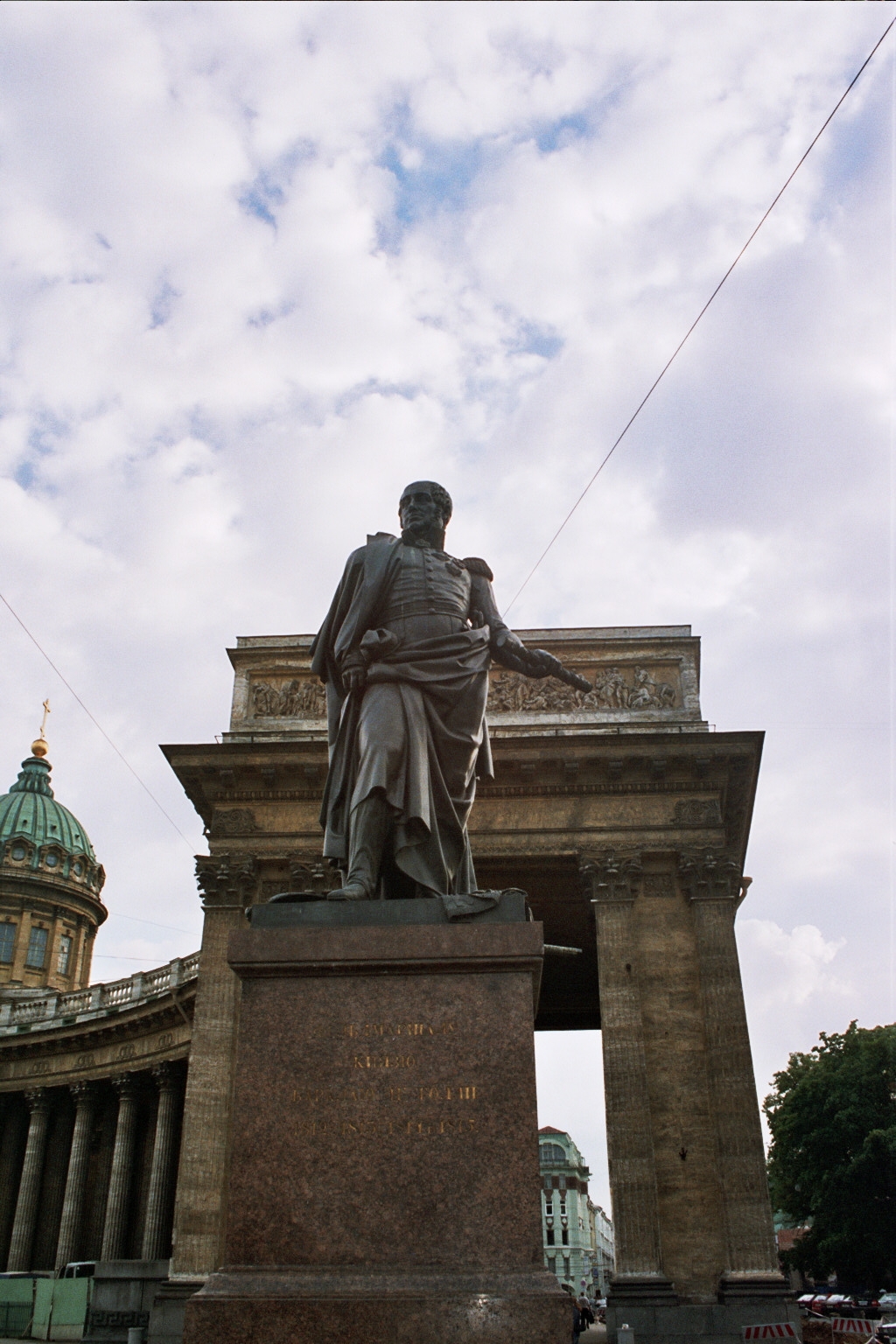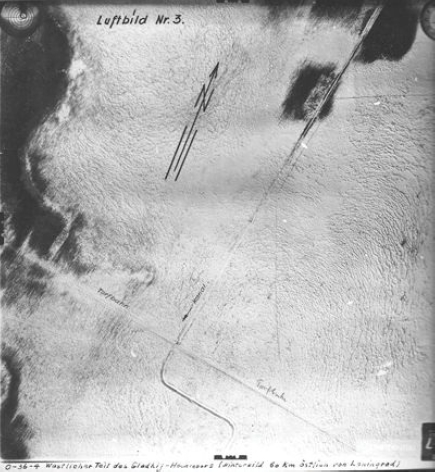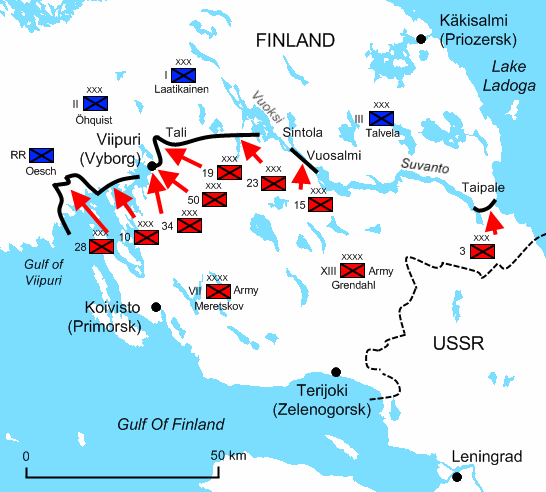|
List Of Military Operations On Ice
Battles and other military operations that took place on lake or sea ice include: * about 530 – Battle on the Ice of Lake Vänern, recorded in Norse sagas and referred to in the Anglo-Saxon epic Beowulf * 1241 - Battle of Mohi on the Sajo River * 1242 – Battle on the Ice on Lake Peipus * 1270 – Battle of Karuse on the frozen Baltic Sea between the Island of Muhu and the mainland * 1658 – March Across the Belts, Charles X Gustav's march over the Little Belt and the Great Belt during the Second Northern War * 1795 – Capture of the Dutch fleet at Den Helder: The French First Republic's cavalry captured the fleet of the Dutch Republic that was stuck in ice, frozen at anchor. * 1809 – Finnish War ** Barclay de Tolly's advance from Vaasa to Uumaja in Sweden, see Battle of Ratan and Sävar ** Bagration's and Kulnev's attack from Åland to Grisslehamn in Sweden * 1940 – Battle of Vyborg Bay (1940) in the Winter War * 1941-44 - Road of Life, an ice road over Lake Ladoga ... [...More Info...] [...Related Items...] OR: [Wikipedia] [Google] [Baidu] |
Battle On The Ice Of Lake Vänern
The Battle on the Ice of Lake Vänern was a 6th-century battle recorded in the Norse sagas and referred to in the Old English epic ''Beowulf''. It has been dated to c. AD 530. The epic Beowulf Beowulf is an epic poem that refers to the conflict, but not to a battle on Lake Vänern. In Beowulf, the Swedish king Ohthere (Ottar Vendelkråka, who is often called the first historical king of Sweden)Alf Henrikson, Svensk historia had died and his brother Onela (Áli) had usurped the Swedish throne. Ottar's sons Eanmund and Eadgils (Adils) had to flee to Geatland and seek refuge with the Geatish king Heardred. This induced Onela to attack the Geats and kill both Eanmund and Heardred. In order to avenge his king and kinsman, Beowulf decided to help Eadgils gain the throne of Sweden. During the battle Eadgils slew Onela and became the king of Sweden. Norse sagas There are a few references in Norse sources that give an account of the battle on the ice of Lake Vänern. Some of the sagas dif ... [...More Info...] [...Related Items...] OR: [Wikipedia] [Google] [Baidu] |
Michael Andreas Barclay De Tolly
Prince Michael Andreas Barclay de Tolly (german: Fürst Michael Andreas Barclay de Tolly; baptised – ) was an Imperial Russian soldier of Baltic German and Scottish origin, who was commander-in-chief and Minister of War of the Russian Empire during Napoleon's invasion in 1812 and the War of the Sixth Coalition. Barclay implemented a number of reforms during this time that improved supply system in the army, doubled the number of army troops, and implemented new combat training principles. He was also the Governor-General of Finland. He was born into a German-speaking noble family from Livonia, who were of Scottish descent. His father was the first of his family to be accepted into the Russian nobility. Barclay joined the Imperial Russian Army at a young age in 1776. He served with distinction in the Russo-Turkish War (1787–92), the Russo-Swedish War (1788–90), and the Kościuszko Uprising (1794). In 1806, Barclay began commanding in the Napoleonic Wars, distinguishing h ... [...More Info...] [...Related Items...] OR: [Wikipedia] [Google] [Baidu] |
World War II
World War II or the Second World War, often abbreviated as WWII or WW2, was a world war that lasted from 1939 to 1945. It involved the vast majority of the world's countries—including all of the great powers—forming two opposing military alliances: the Allies and the Axis powers. World War II was a total war that directly involved more than 100 million personnel from more than 30 countries. The major participants in the war threw their entire economic, industrial, and scientific capabilities behind the war effort, blurring the distinction between civilian and military resources. Aircraft played a major role in the conflict, enabling the strategic bombing of population centres and deploying the only two nuclear weapons ever used in war. World War II was by far the deadliest conflict in human history; it resulted in 70 to 85 million fatalities, mostly among civilians. Tens of millions died due to genocides (including the Holocaust), starvation, ma ... [...More Info...] [...Related Items...] OR: [Wikipedia] [Google] [Baidu] |
Siege Of Leningrad
The siege of Leningrad (russian: links=no, translit=Blokada Leningrada, Блокада Ленинграда; german: links=no, Leningrader Blockade; ) was a prolonged military blockade undertaken by the Axis powers against the Soviet city of Leningrad (present-day Saint Petersburg) on the Eastern Front of World War II. Germany's Army Group North advanced from the south, while the German-allied Finnish army invaded from the north and completed the ring around the city. The siege began on 8 September 1941, when the Wehrmacht severed the last road to the city. Although Soviet forces managed to open a narrow land corridor to the city on 18 January 1943, the Red Army did not lift the siege until 27 January 1944, 872 days after it began. The blockade became one of the longest and most destructive sieges in history, and it was possibly the costliest siege in history due to the number of casualties which were suffered throughout its duration. While not classed as a war crime at the ... [...More Info...] [...Related Items...] OR: [Wikipedia] [Google] [Baidu] |
Lake Ladoga
Lake Ladoga (; rus, Ла́дожское о́зеро, r=Ladozhskoye ozero, p=ˈladəʂskəjə ˈozʲɪrə or rus, Ла́дога, r=Ladoga, p=ˈladəɡə, fi, Laatokka arlier in Finnish ''Nevajärvi'' ; vep, Ladog, Ladoganjärv) is a freshwater lake located in the Republic of Karelia and Leningrad Oblast in northwestern Russia, in the vicinity of Saint Petersburg. It is the largest lake located entirely in Europe, the second largest lake after Baikal in Russia, and the 14th largest freshwater lake by area in the world. ''Ladoga Lacus'', a methane lake on Saturn's moon Titan, is named after the lake. Etymology In one of Nestor's chronicles from the 12th century a lake called "the Great Nevo" is mentioned, a clear link to the Neva River and possibly further to Finnish ''nevo'' 'sea' or ''neva'' 'bog, quagmire'. Evgeny Pospelov: ''Geographical names of the world. Toponymic dictionary.'' Second edition. Astrel, Moscow 2001, pp. 106f. Ancient Norse sagas and Hanseatic tr ... [...More Info...] [...Related Items...] OR: [Wikipedia] [Google] [Baidu] |
Road Of Life
The Road of Life () was the set of ice road transport routes across Lake Ladoga to Leningrad during the Second World War. They were the only Soviet winter surface routes into the city while it was besieged by the German Army Group North under ''Feldmarschall'' Wilhelm Ritter von Leeb. The routes operated in the winters of 1941-1942 and 1942-1943. Construction and operation were performed under German artillery and aerial bombardment. In January 1943 the Soviet's Operation Iskra broke the encirclement, and the ice roads were used in conjunction with land routes for the remainder of the winter. The routes carried supplies necessary to sustain life and resistance inside the Leningrad pocket, and evacuated non-combatants, wounded, and industrial equipment. Over 1.3 million people, primarily women and children, were evacuated over the roads during the siege . The Road of Life is now a World Heritage Site. History The blockade forms On 8 September 1941, Army Group North captured ... [...More Info...] [...Related Items...] OR: [Wikipedia] [Google] [Baidu] |
Winter War
The Winter War,, sv, Vinterkriget, rus, Зи́мняя война́, r=Zimnyaya voyna. The names Soviet–Finnish War 1939–1940 (russian: link=no, Сове́тско-финская война́ 1939–1940) and Soviet–Finland War 1939–1940 (russian: link=no, Сове́тско-финляндская война́ 1939–1940) are often used in Russian historiographybr>В.Н. Барышников. От прохладного мира к Зимней войне. Восточная политика Финляндии в 1930–е годы. Санкт-Петербург, 1997.; О.Д. Дудорова. Неизвестные страницы Зимней войны. In: Военно-исторический журнал. 1991. №9.; Зимняя война 1939–1940. Книга первая. Политическая история. М., 1998. – ; ttp://www.otvaga2004.narod.ru/photo/winterwar/wwar1.htm М. Коломиец. Танки в Зимней войне 19 ... [...More Info...] [...Related Items...] OR: [Wikipedia] [Google] [Baidu] |
Battle Of Vyborg Bay (1940)
The Battle of Vyborg Bay or Battle of Viipuri Bay (2-13 March 1940) was the culmination of the Soviet Union's second offensive and the last battle in the Winter War. The Battle The Mannerheim Line had been pierced in the Second Battle of Summa and Field Marshal Mannerheim had ordered on 15 February a general retreat to the Intermediate line. However, the effective deployment of the Red Army also broke through the Intermediate line and the Finnish troops were allowed to retreat further to the line Vyborg (''Viipuri'')– Tali – Noskuanselkä – Kuparsaari – Vuoksi on 27 February 1940. The Soviet 7th Army under command of Kirill Meretskov, was now ordered to launch a two-sided flank movement and a direct frontal attack. The 10th and 28th Rifle Corps were to advance west of Vyborg across the frozen Vyborg Bay and the 19th Rifle Corps was to advance east of the city. The 34th and 50th Rifle Corps attacked directly towards Vyborg. Despite many problems, the troops of ... [...More Info...] [...Related Items...] OR: [Wikipedia] [Google] [Baidu] |
Grisslehamn
Grisslehamn is a locality and port located on the coast of the Sea of Åland in Norrtälje Municipality, Stockholm County, Sweden. The locality had 249 inhabitants in 2010. The name Grisslehamn was first mentioned in a document from 1376 about the mail route between Sweden and Finland. This Grisslehamn was located some 20 km south of today's location. In the mid-18th century, most of the old village was destroyed in a fire, and it was decided to move Grisslehamn to its current location to make the mail route shorter. Conveying mail by row boat from Sweden to the Åland islands, whence it was transported to the Finnish mainland, was, together with fishing, one of the most important sources of income for the inhabitants of Grisslehamn and other parts of Roslagen for a long time, until steam ships took over the mail routes in the early 20th century. Today the port is the Swedish terminal of the Eckerö Linjen ferries which cross to Berghamn on the island of Eckerö in the Åland ... [...More Info...] [...Related Items...] OR: [Wikipedia] [Google] [Baidu] |
Åland
Åland ( fi, Ahvenanmaa: ; ; ) is an Federacy, autonomous and Demilitarized zone, demilitarised region of Finland since 1920 by a decision of the League of Nations. It is the smallest region of Finland by area and population, with a size of 1,580 km2, and a population of 30,129, constituting 0.51% of its land area and 0.54% of its population. Its only official language is Swedish language, Swedish and the capital city is Mariehamn. Åland is situated in an archipelago, called the Åland Islands, at the entrance to the Gulf of Bothnia in the Baltic Sea belonging to Finland. It comprises Fasta Åland on which 90% of the population resides and about 6,500 Skerry, skerries and islands to its east. Of Åland's thousands of islands, about 60–80 are inhabited. Fasta Åland is separated from the coast of Roslagen in Sweden by of open water to the west. In the east, the Åland archipelago is Geographic contiguity, contiguous with the Archipelago Sea, Finnish archipelago. Åland ... [...More Info...] [...Related Items...] OR: [Wikipedia] [Google] [Baidu] |
Yakov Kulnev
Yakov Petrovich Kulnev (russian: Яков Петрович Кульнев; 6 August 1763 – 1 August 1812) was, along with Pyotr Bagration and Aleksey Yermolov, one of the most popular Russian military leaders at the time of the Napoleonic Wars. Suvorov's admirer and participant of 55 battles, he lost his life during Napoleon's invasion of Russia. Early campaigns Kulnev's father was a Russian Cavalry officer of lesser noble background who served in the Kargopol Regiment of Dragoons. The future general was born in Ludza (present-day Latvia), of which his father was afterwards a Mayor, and matriculated at the Infantry School for Nobility in 1785. He joined a hussar regiment and, under Suvorov's command, took part in the Russo-Turkish War, 1787-1792 and the Polish Campaign of 1794-1795. The following decade of his life is obscure. In 1807 Kulnev was put in charge of the regiment of Hrodna hussars fighting against Napoleon. He made a name for himself at Heilsberg and Friedlan ... [...More Info...] [...Related Items...] OR: [Wikipedia] [Google] [Baidu] |
Pyotr Bagration
Prince Pyotr Ivanovich Bagration (10 July 1765 – 24 September 1812) was a Georgian general and prince serving in the Russian Empire, prominent during the Napoleonic Wars. Bagration, a member of the Bagrationi dynasty, was born in Tbilisi. His father, Ivan (Ivane), served as an officer in the Imperial Russian Army, in which Bagration also enlisted in 1782. Pyotr Ivanovich Bagration began his military career serving in the Russo-Circassian War of 1763–1864 for a couple of years. Afterwards he participated in a war against the Ottomans and the capture of Ochakov in 1788. Later he helped suppress the Kościuszko Uprising of 1794 in Poland and capture Warsaw. During Russia's Italian and Swiss campaigns of 1799 against the French, he served with distinction under Field Marshal Alexander Suvorov. In 1805 Russia joined the coalition against Napoleon. After the collapse of the Austrians at Battle of Ulm, Ulm in October 1805, Bagration won praise for his successful defense in the Ba ... [...More Info...] [...Related Items...] OR: [Wikipedia] [Google] [Baidu] |


.jpg)




